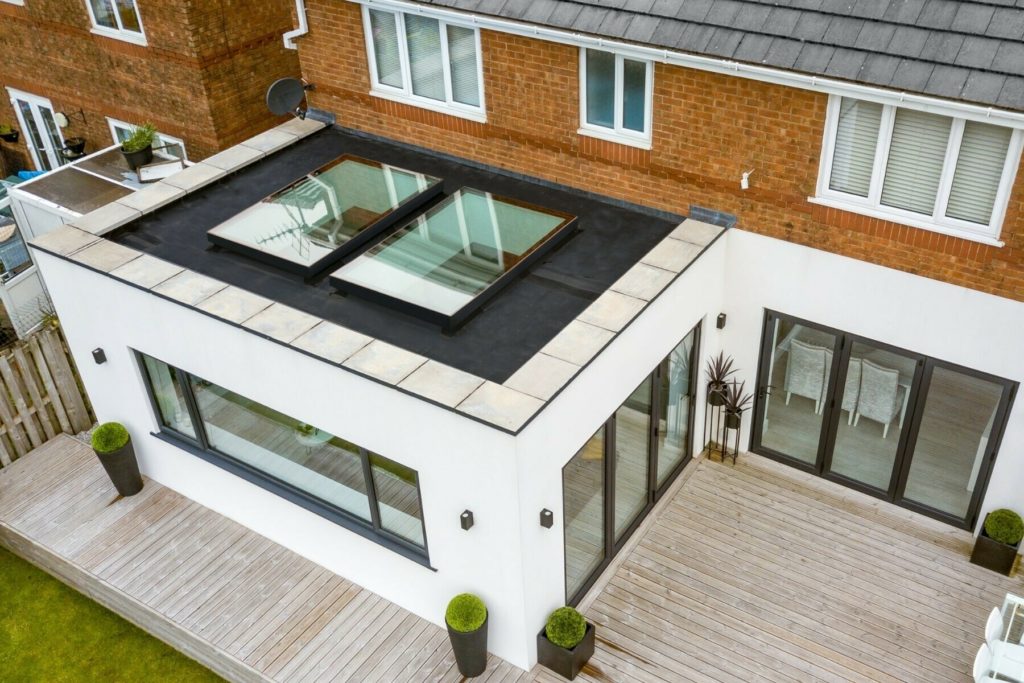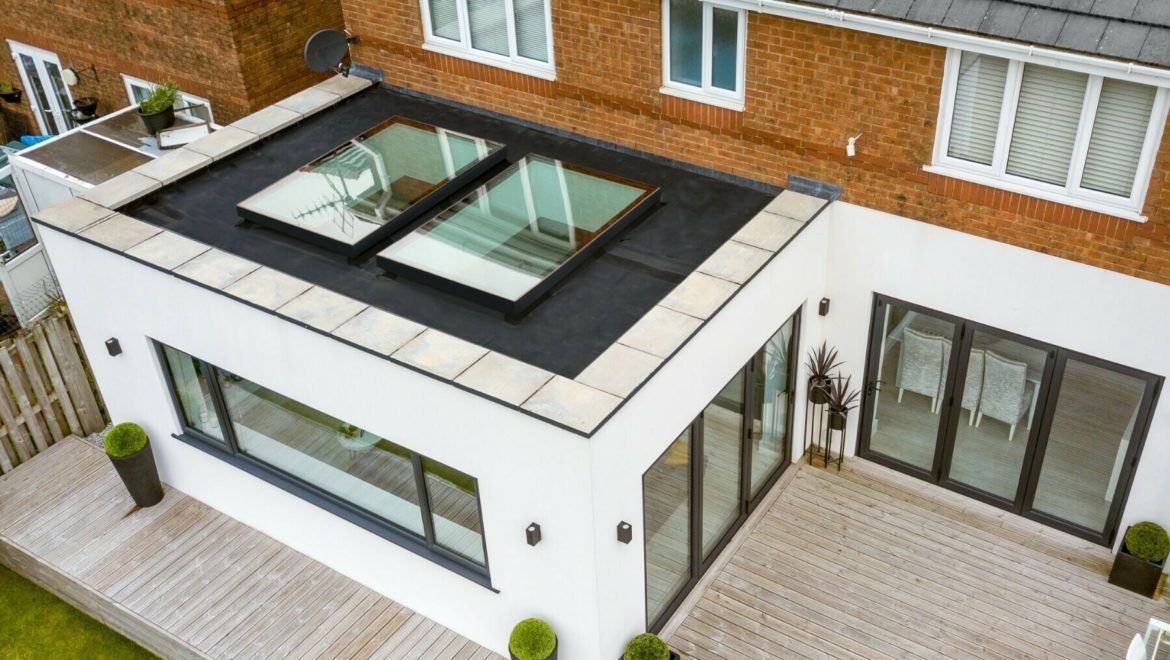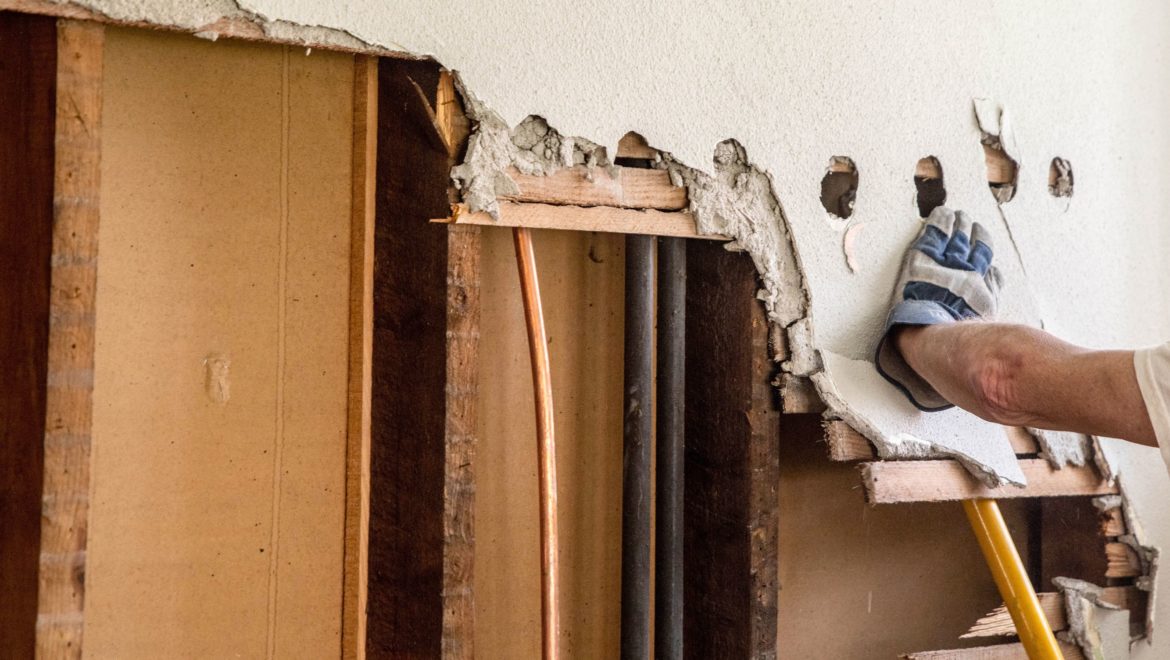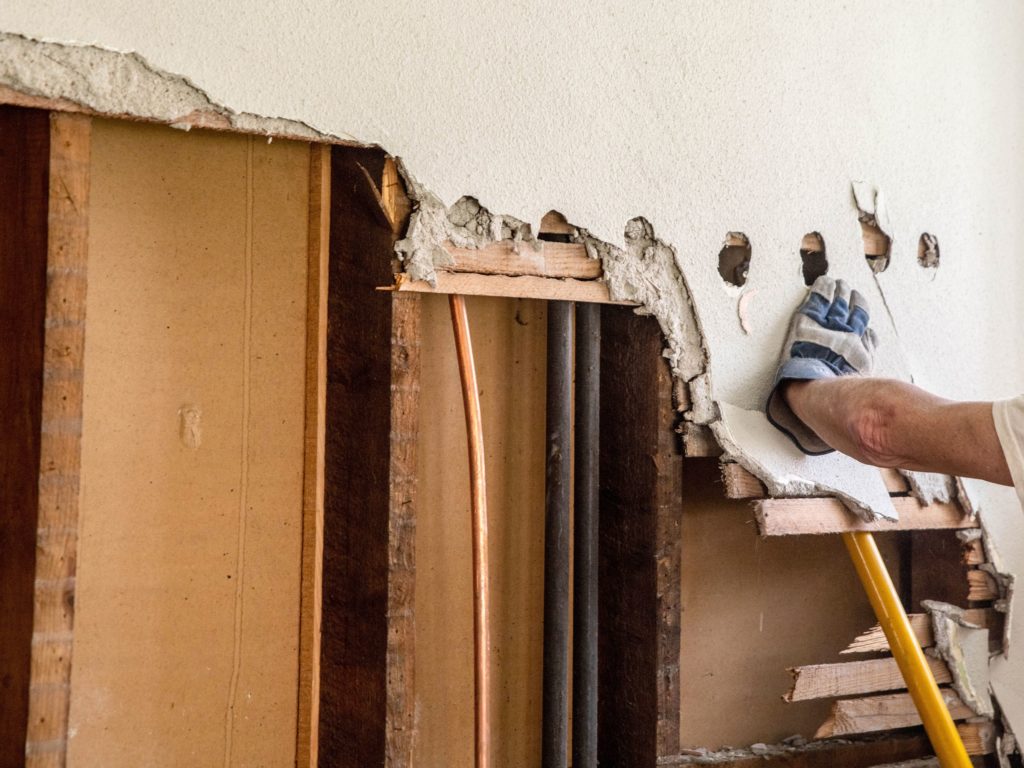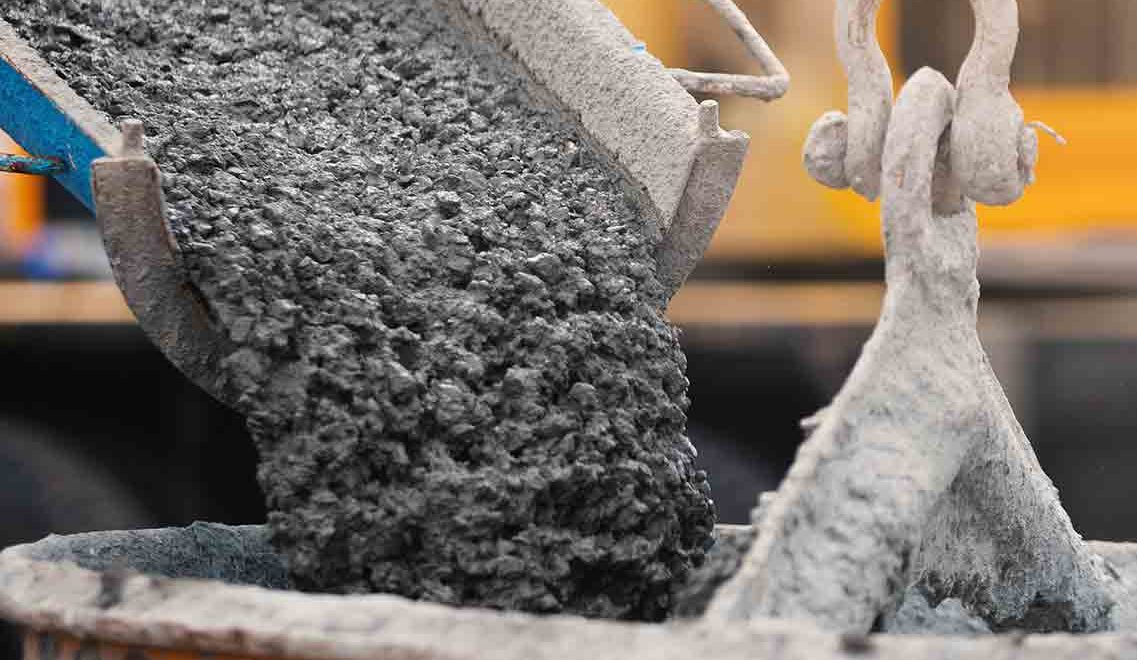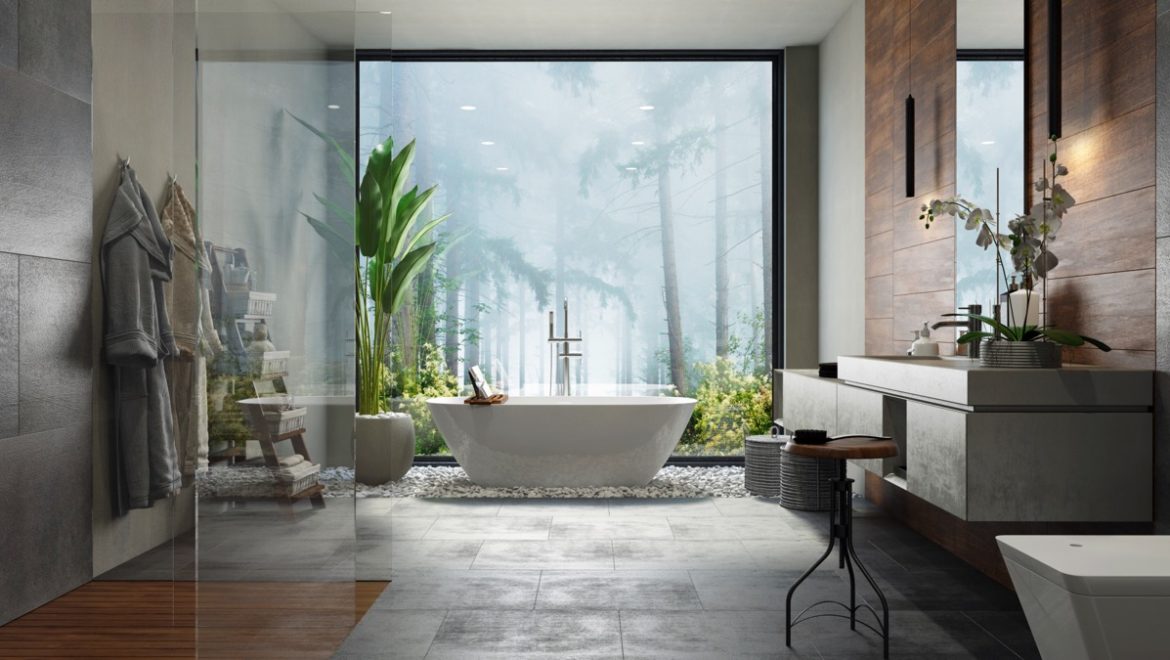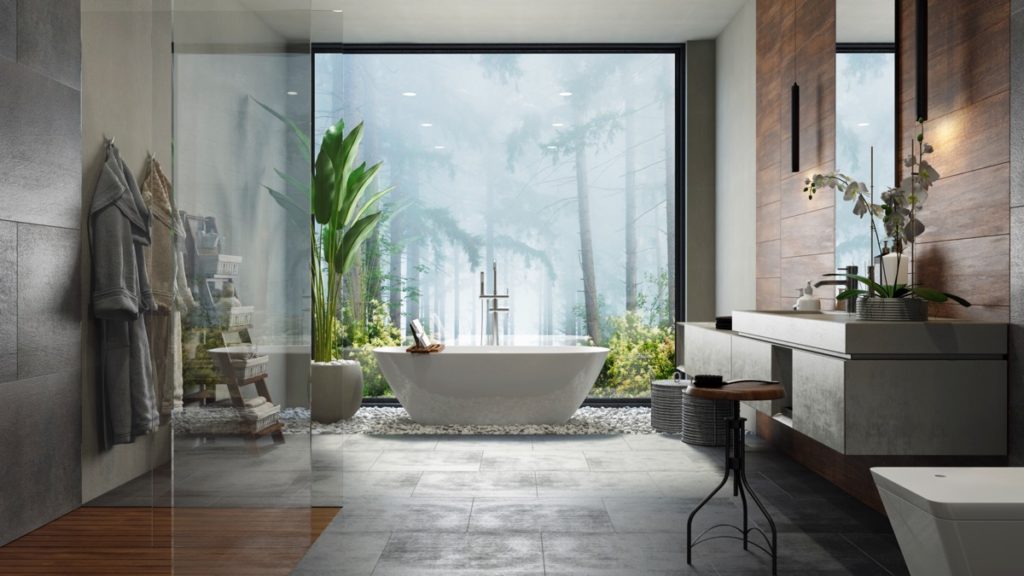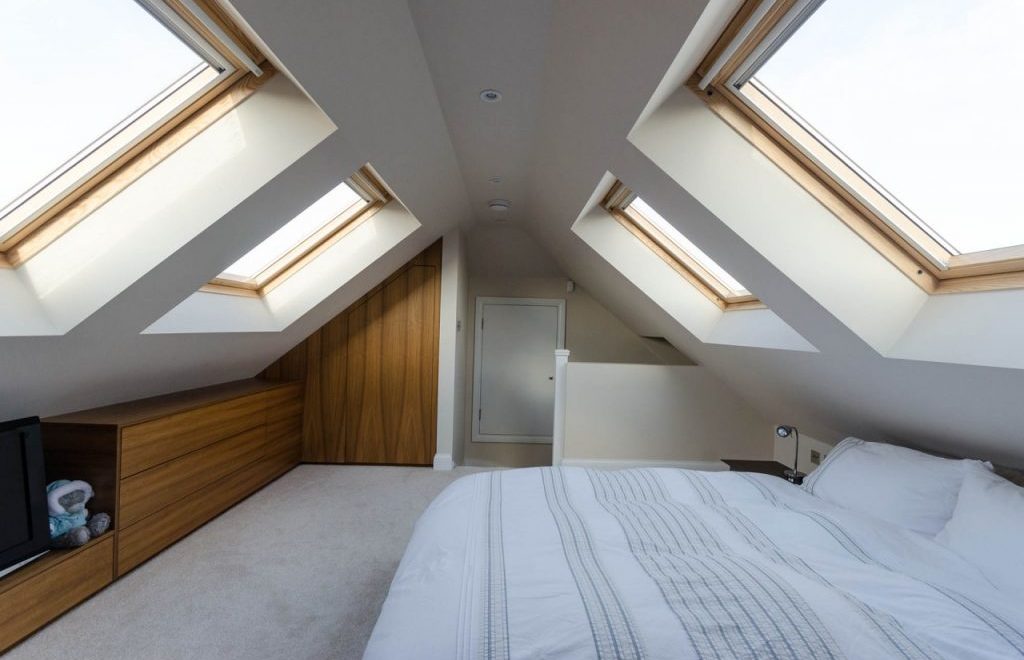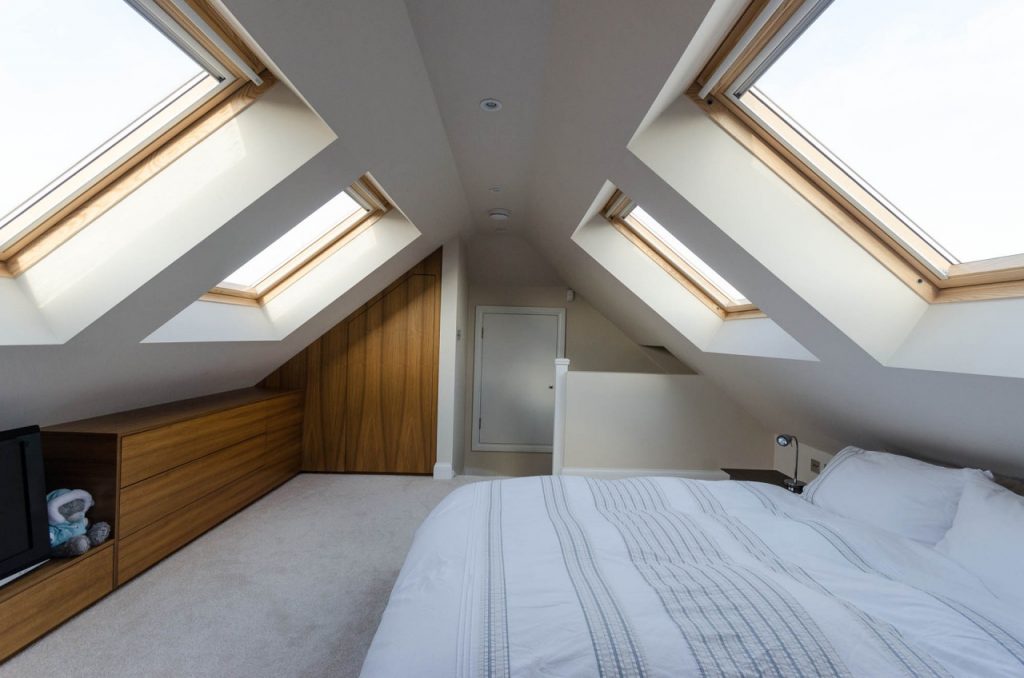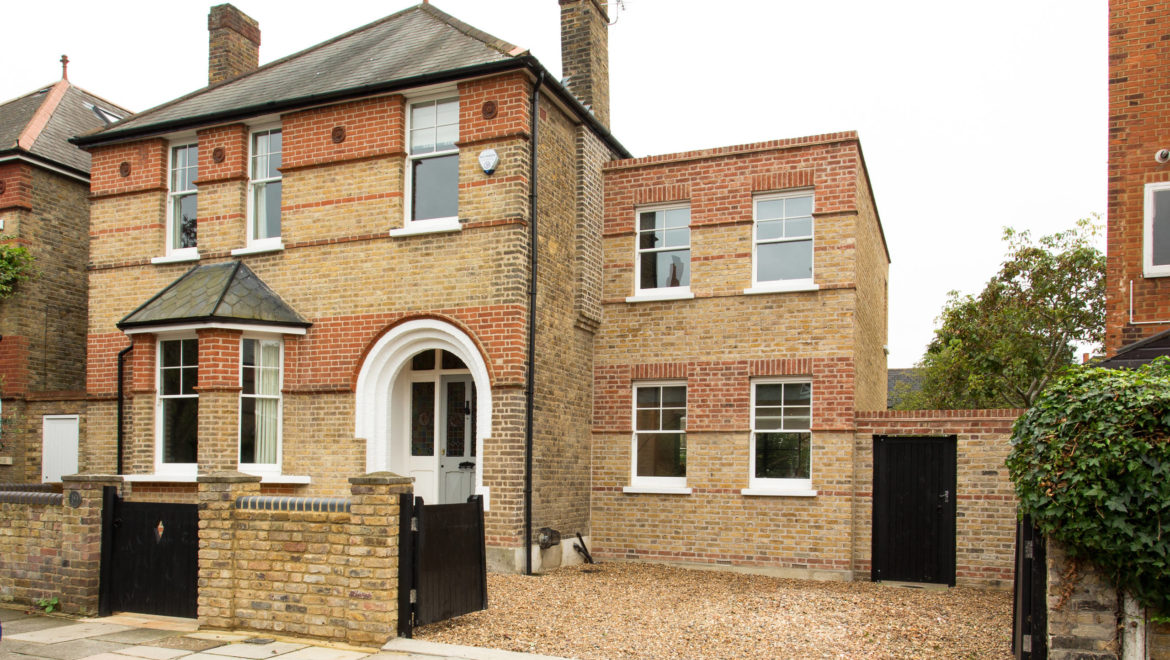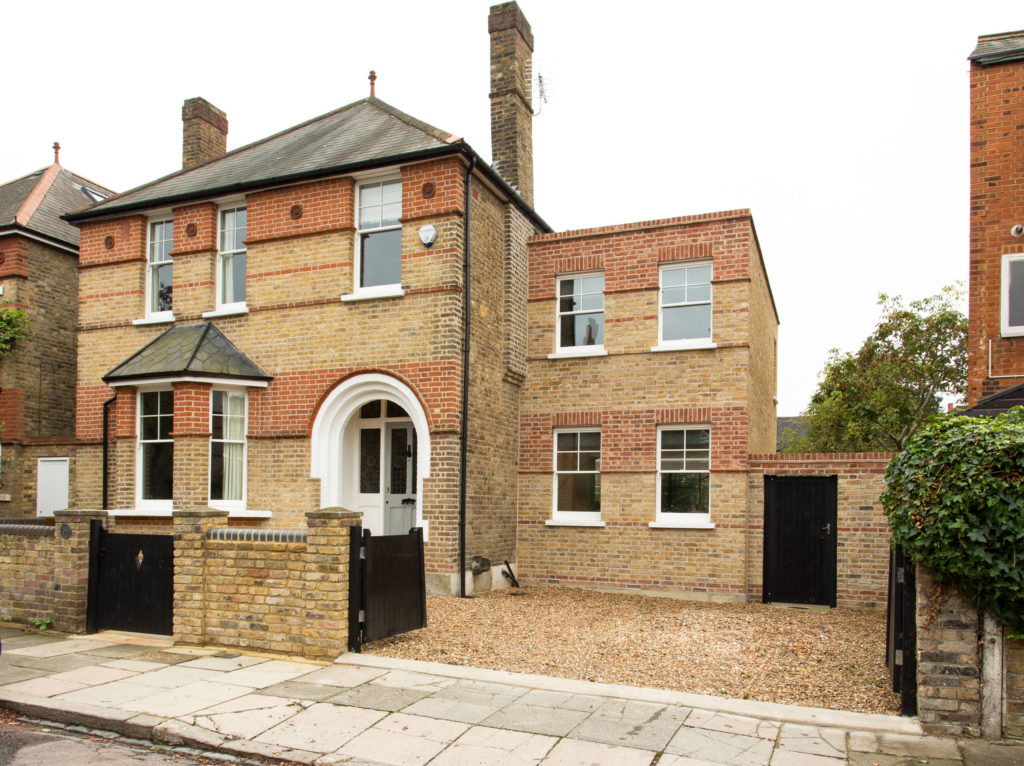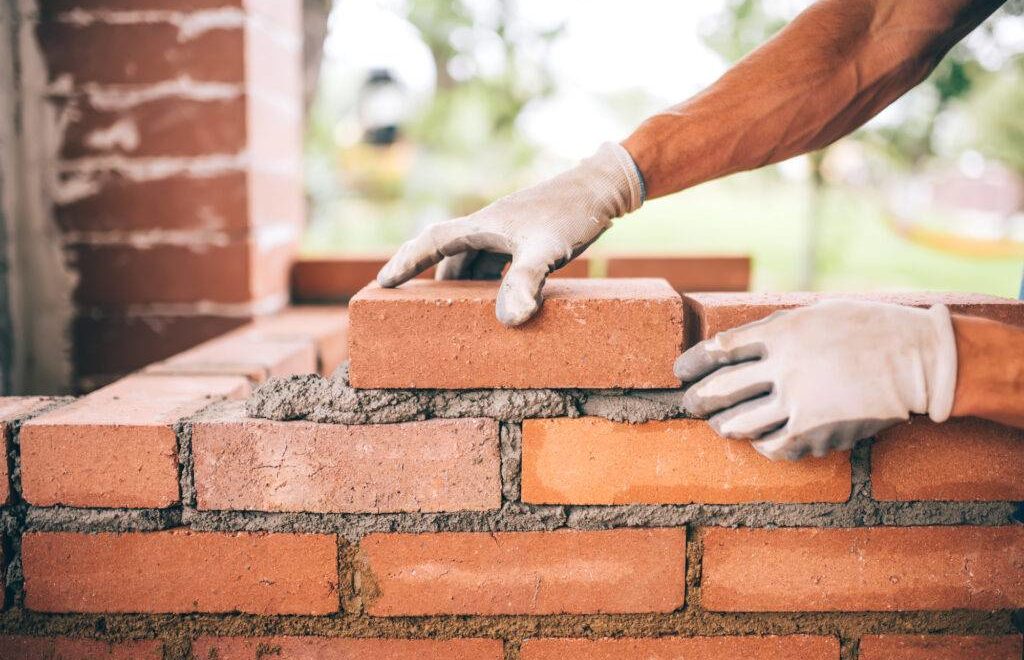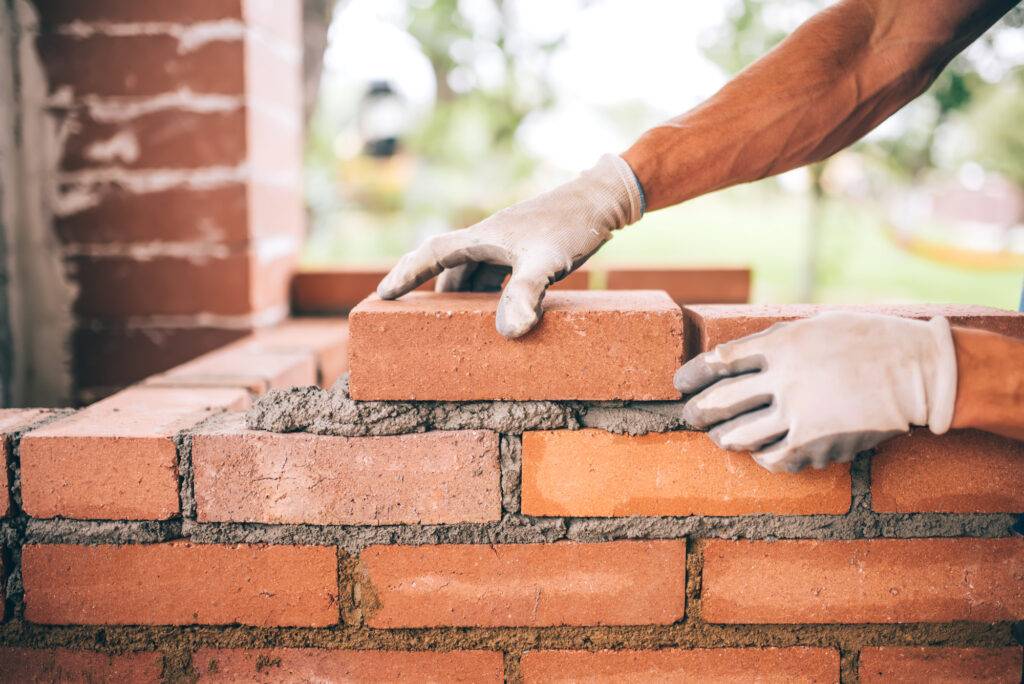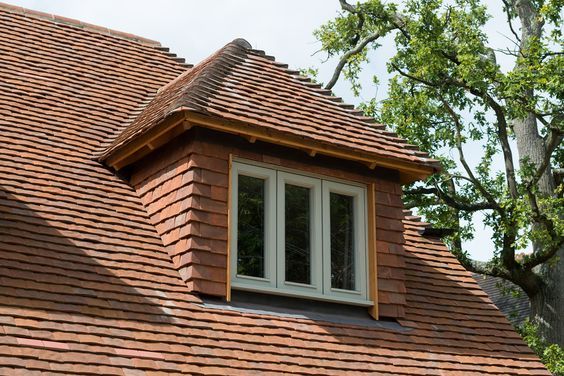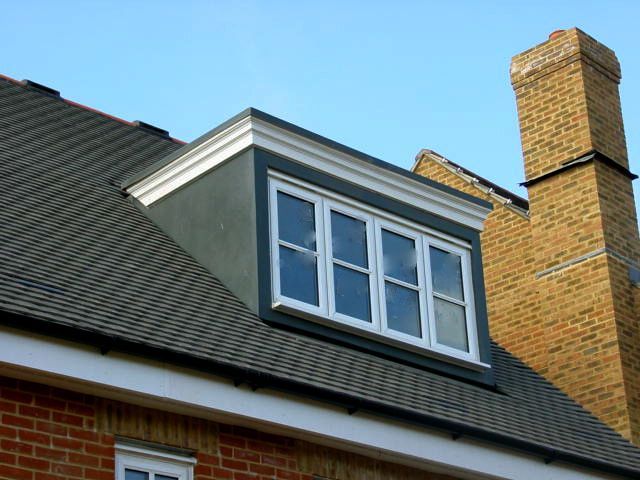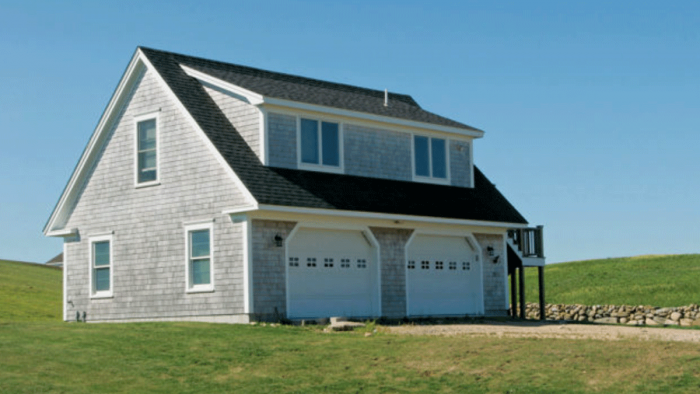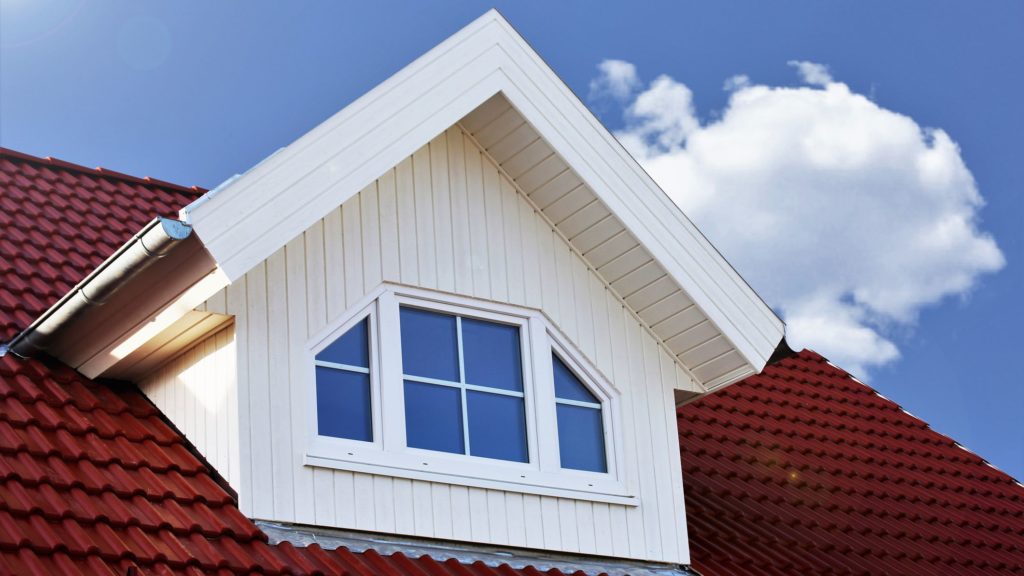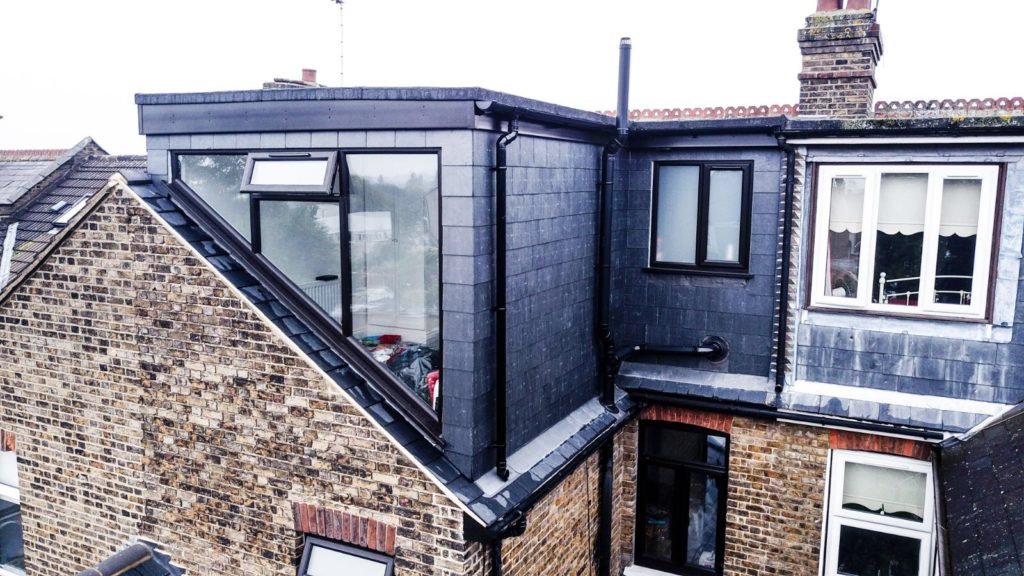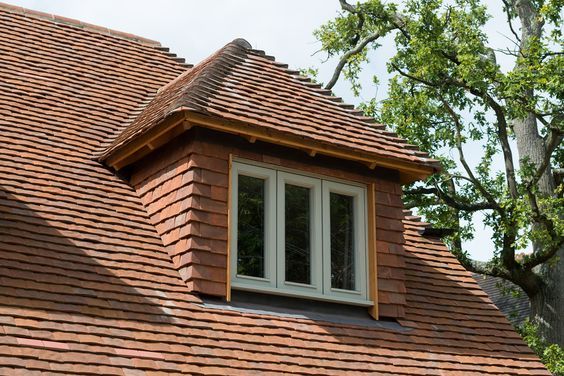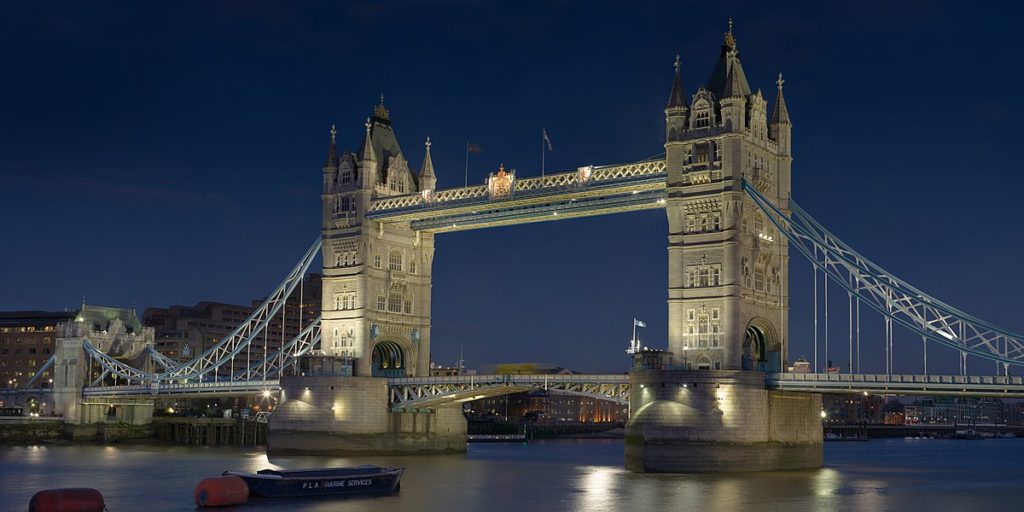The top Extension designers in canterbury
Extending your house is a popular way to increase space and add more value to your property. Whether you’re thinking of a side extension, garage extension, double or single-storey extension, there is so much to consider especially which company you want to design your project.
Things to consider before you start –
Permitted development & planning permission
Some extension projects do not need full planning permission and are referred to as permitted development.
A detached home can be extended by 8m to the rear if it’s a single storey, and 3m if it’s a double storey. Although, this is reduced to 6m in a semi-detached or terraced house. A single-storey extension shouldn’t be higher than 4m in height, to the ridge and the eaves. In addition, a double-storey extension mustn’t be closer than 7m to the rear boundary.
Will it add value?
With any project that improves your home, it’s good to check if the plans would increase the value of your property. if you speak to a good architect or estate agent they may be able to give you an indication of how much your house would increase in value.
Building regulations
You will need to comply with building regulations regardless on if you have planning permission. Building regulations have set out minimum requirements for:
Fire safety
Energy efficiency
Damp proofing
Ventilation
Structural integrity
And other aspects that ensure a safe building
Who is the right designer for your project?
When it comes to your project it is important that you chose the right person to do your service. There is a number of options you can choose from, such as:
Architects
Architectural technicians
Specialist designers
Package build companies’ in-house design teams
You can look online and see what will work best for you and the highest rated in your area.
Extension designers in Canterbury –
We are providing all kinds of architectural services in Canterbury. Our team of professionals is highly experienced in handling such projects. Furthermore, we are a Design & Build company, which means you do not need to go elsewhere as you are going to get all the services from planning, drawing to construction under one roof.
